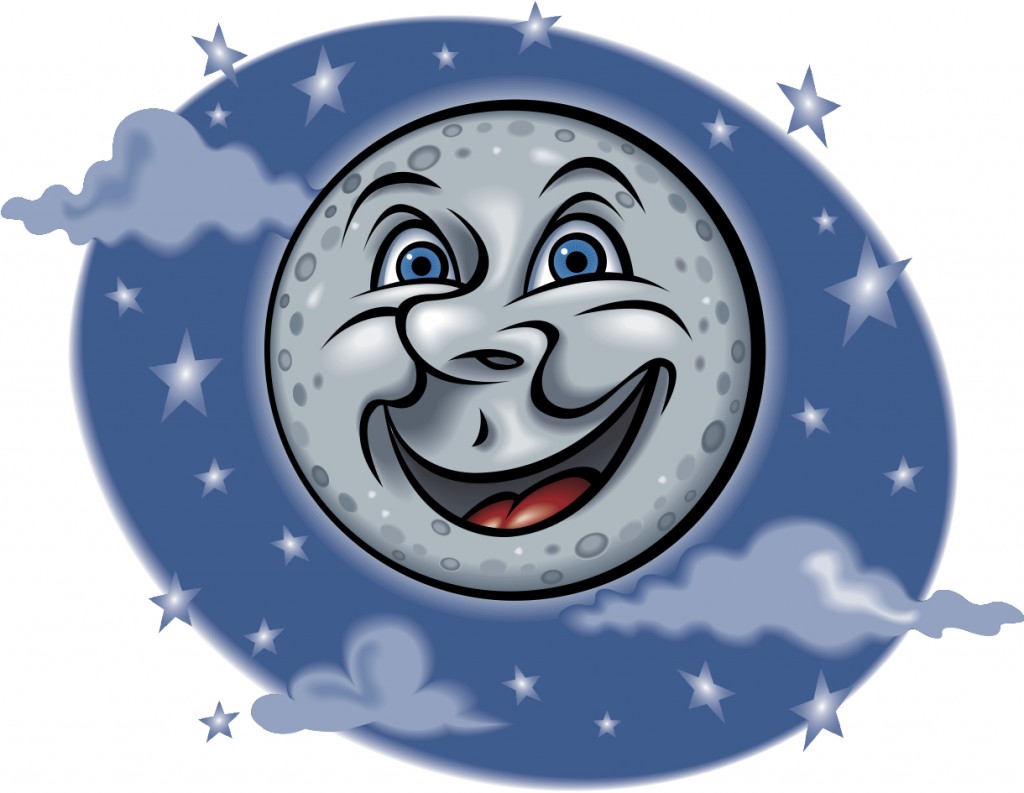Your Night Sky, 02/14

Mercury is becoming visible in our early evening sky. Because it’s so close to the Sun it’s mostly lost in the Sun’s glare. But it’s super bright right now, just very low in the horizon making it difficult for us to find with our mountains.
That being said, on Feb. 26 it reaches its greatest elongation 18 degrees east of the Sun. This is its best evening appearance for 2019. On Feb. 15 it will be five degrees high in the WSW ½ hour after sunset. By Feb. 26 it reaches its highest at 11 degrees in the W 30 minutes after sunset. So try looking for it from an upper balcony if you have one.
On the mornings of Feb. 17-19, Venus joins up with Saturn in the early morning. Although Venus is about 80 times brighter than Saturn, you should still be able to find Saturn. They’ll be very close from Feb. 16-20. On Feb. 18 they will be closest with Venus just 1.2 degrees above Saturn. After that Venus moves lower than Saturn.
Hold out your arm and that 1.1 degree distance is the width of your little finger. As long as it’s still dark, you shouldn’t have any trouble finding Saturn.
This year’s biggest and closest Super moon occurs on Feb. 19, but will also look that way on Feb. 18. Regulus in the constellation Leo the Lion is the bright star close to the moon. It’s below the moon on Feb. 18 and above it on Feb. 19. This Super moon is due to its perigee when it’s closest to Earth in its orbit. The full moon and perigee coincide this month.
Tonight the moon is above the Orion constellation and tomorrow it moves a little to the left but still above Orion’s arm. They’re both in the Winter Circle these two nights. The star Sirius is at the bottom with Procyon to its upper left, and the twins Castor and Pollux above that. At the top is Capella. Aldebaron is dropping down to the right with Rigel (Orion’’s foot) below it and then down to Sirius. And now you’re seen the Winter Circle.
The Zodiacal light will become visible on the 21st when the moon rises later, and will remain visible for two weeks. Look in the west after sunset when the sky gets dark. It’s a hazy pyramid of light that stretches up through Taurus to Gemini, and tilts slightly to the left. It should be visible for about an hour.
Zodiacal light is sunlight reflecting off dust grains in our sky that orbit our Sun in the same plane as the planets. So it’s visible this time of year when the ecliptic which is the path of the Sun, moon and planets stands nearly straight up in the sky. You might also see a few sporadic meteors per hour that are also from these dust particles.
You will most likely see Mars about one-third of the way up in the west. It’s only ¼ as bright as it was last summer, but still highly visible. Ninety-nine percent of Europeans and Americans live under night skies so polluted with light that they can’t see much. Not even the Milky Way or many stars. This shows how lucky we are to have clear skies. Let’s protect that.



